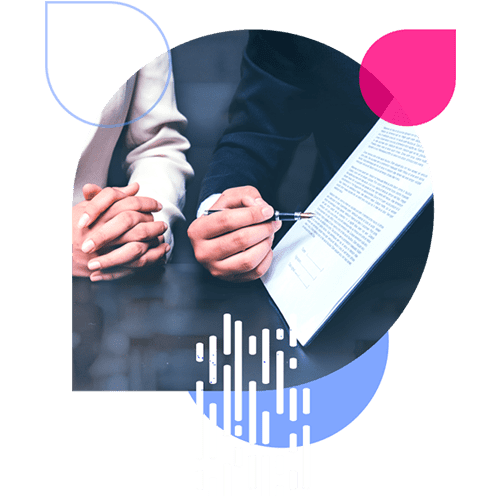Acting respectfully and preventing sexual harassment, bias or ethical mishaps takes deliberate, practiced skill. It’s not just an innate characteristic of “good” people. Yet employers often treat these topics as rules that people can review and follow. That’s the wrong approach with the wrong intention, driven by lawyers whose primary goal is to prevent and defend litigation—not to improve workplace culture.
Where We Can Help

It’s easy to say we should never engage in sexual harassment and should always act respectfully, but that’s overly simplistic. There isn’t one clear-cut, objective standard for sexual harassment or respect—both concepts involve subjective criteria.
One person’s compliment is another person’s harassment. Plus, what does respect look like when we’re stressed and facing a big deadline? Or, when we are out of the office having fun with co-workers? These are concepts that depend on context and the perspectives of those involved.
Why aren’t our workplaces as inclusive as we’d like them to be? While exact reasons may vary by company, unconscious bias plays a role in everyone’s diversity and inclusion results.
Our emotions are shortcuts that allow us to sort through reams of implicitly stored brain patterns that guide us either toward or away from a course of action. We don’t have the time or capacity to calculate all probabilities that come with every choice, and so we rely on gut feelings and instinct to guide us.
The promise of diversity is that people with different experiences, perspectives and thinking styles combine and collaborate to create a stronger, more successful work product.
In fact, research shows that diverse teams make better business decisions up to 87% of the time. A 2018 study by a top management consulting firm shows that companies with diverse leadership outperform companies with non-diverse leadership in both innovation and financial performance.
How do savvy business leaders use their mission and code of conduct to drive results? They weave their mission and their code of conduct into the fabric of the workplace culture and every aspect of the business—from recruiting to onboarding, to team dynamics and career advancement, or, when necessary, discipline and termination.
When the values are integrated into the business, the values become part of the culture, which provides the structure that allows the team and business to grow in a healthy, productive way.
Forty years ago, the United States passed the Foreign Corrupt Practices Act (FCPA) in the aftermath of news and disclosures of questionable foreign corporate payments to a variety of recipients.
People focused on payments made by, among others, Lockheed Aircraft Corporation, Gulf Corporation, United Brands Company, Northrop Corporation, Ashland Oil, and Exxon Corporation. Each of these instances involved allegations or admissions of corporate payments directly or indirectly to traditional foreign government officials or foreign political parties in connection with a business purpose.




